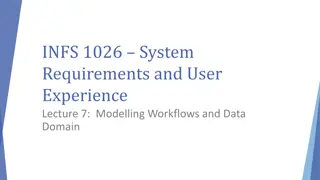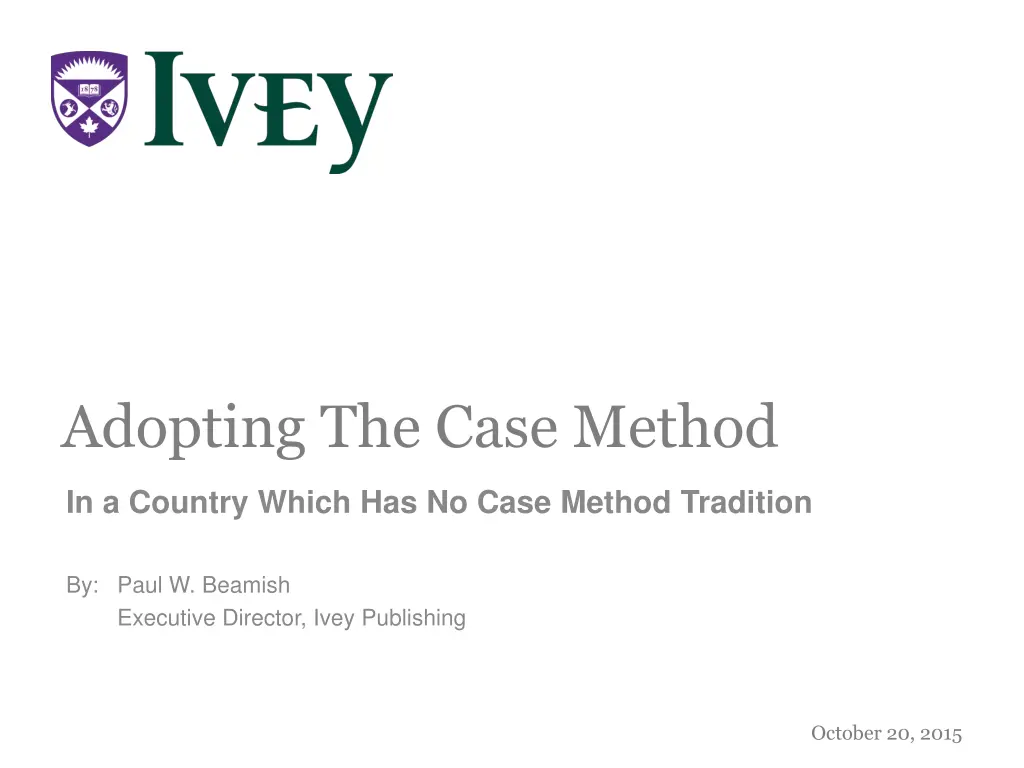
Implementing Case Method in Business Education: Insights from China and Canada
Explore the adoption and impact of case method teaching in countries without a tradition, such as China and Canada. Learn about the benefits of teaching with cases, writing cases, top-down and bottom-up approaches, and the evolving landscape of business education. Discover how educators and institutions are integrating case method pedagogy to enhance student learning and faculty development.
Uploaded on | 0 Views
Download Presentation

Please find below an Image/Link to download the presentation.
The content on the website is provided AS IS for your information and personal use only. It may not be sold, licensed, or shared on other websites without obtaining consent from the author. If you encounter any issues during the download, it is possible that the publisher has removed the file from their server.
You are allowed to download the files provided on this website for personal or commercial use, subject to the condition that they are used lawfully. All files are the property of their respective owners.
The content on the website is provided AS IS for your information and personal use only. It may not be sold, licensed, or shared on other websites without obtaining consent from the author.
E N D
Presentation Transcript
Adopting The Case Method In a Country Which Has No Case Method Tradition By: Paul W. Beamish Executive Director, Ivey Publishing October 20, 2015
Should You Teach With Cases? YES NO As teacher-scholars, we spend 40% of our professional lives teaching. Case teaching is more fun/interesting/less boring Requires more preparation time by professor YOU learn when teaching a case Requires more energy to deliver than a lecture Students learn more. We don t add as much value if we lecture or assign a reading/video, as we do when teaching a case Requires more flexibility because the Professor has less control over the actual content on a minute-by-minute basis Increases your marketability Allows you to earn more money (Executive Development Programs /EMBA) MOOCs will reduce the need for many business school lecturers October 20, 2015
Should You Write Cases? YES NO You learn about real business. Helps you stay relevant Not rewarded the same as refereed journal article writing Makes you a better researcher Too much work Students like it when their Professor is not always just a retailer of others content. Can help your student evaluations Don t know how to write cases Builds your brand/recognition No resources available at the institution in support Case sales generate royalty income for you (Ivey Publishing pays 15% of external revenue) Counts as a tier 2 publication at some institutions (if reviewed/refereed) Some schools pay a stipend for an accepted case Can lead to consulting work It is a nice change of pace from simply writing refereed articles, yet shows tangible output Helps with AACSB accreditation October 20, 2015
The Top Down Approach: China National Early 90 s state education commission pass a requirement that 25% of MBA content must be taught using cases 2014 case method emphasis expanded to dozens of faculty departments Institutional Beginning in certain courses, certain programs (i.e. EMBA) and EDP Extensive number of jointly edited casebook collections published Over 50 b-schools have set up case centres Dozens of b-schools purchasing case site licenses from Ivey Arrange for faculty to attend case teaching/writing workshops Individual(s) at a particular b-school Over 5000 Chinese professors registered with Ivey Publishing Many now experimenting with case teaching and writing Faculty at top b-schools all using cases now October 20, 2015
The Bottom Up Approach - Canada National While there is no national/provincial requirement to use cases in business education ..100% of b-schools in Canada now use Ivey cases to some extent Institutional Beginning in certain courses, certain programs (i.e. EMBA) and EDP Faculty begin developing cases, initially about Canadian companies Ivey Publishing established, initially for internal use, then external Individual(s) at a particular b-school Many early faculty trained at Harvard Case teaching tradition established New faculty understand the need to buy into a case pedagogy October 20, 2015
Who is Key to Moving the Case Method Forward? Ultimately the Dean He/she can block or facilitate How do you get the Dean to facilitate? Education/information Carrots and sticks October 20, 2015
Education/Information Needed by Your Dean Case Method 101 background Seeing it in action at top schools Meet with peer-Deans at Western institutions October 20, 2015
Carrot and Sticks Your Dean Needs to Consider Four Questions: Every one of the top 100 business schools in the world in part teach using the case method. Are they all wrong? Do you choose to lag or lead in your country? Do you want to differentiate your institution? Do you want to create a new stream of earnings for non-degree executive education and be able to charge higher rates in your EMBA/MBA programs? Do you want to better prepare your students for global competition? October 20, 2015





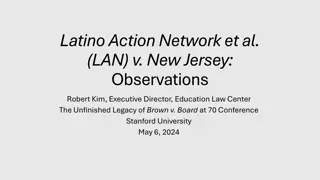
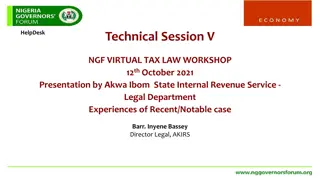



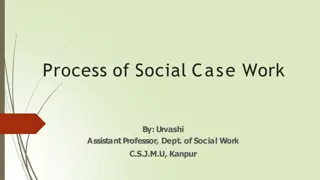


![Comprehensive Case Study on [Insert Case Title Here]](/thumb/159705/comprehensive-case-study-on-insert-case-title-here.jpg)





